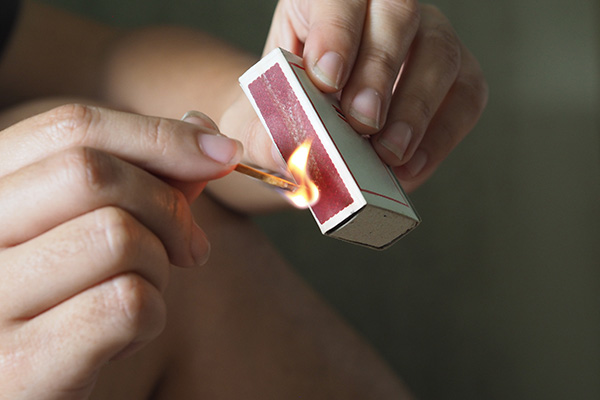starstarstarstarstar
4.8 stars | 85 reviews
starstarstarstarstar
4.8 stars | 85 reviews
All Reviews
Failed to load reviews.
Great experience; Awesome people! No nonsense or drama. I would definitely recommend Seth for council. At the time his office took me on he had a full pallet but still took interest and followed up whenever I had questions and needed answers. Highly Recommended!
I was in a bad situation no matter how I looked at it. Seth was the best outcome I could’ve hoped for. He got the absolute best deal possible for me which was far more than I ever would’ve expected! Thanks!
DIVORCE showed up one morning with the sheriff on my doorbell cam with a big envelope full of who,what,wheres and how, here to and there for in legal mumbo jumbo language . Lucky for me, I found Seth R. Smith on a Google Listing just like this one.I called Seth and he promptly met with me and he explained everything I needed to know about what was going to happen and how much it would cost.Thru my own personal Ring of Fire experience some of the court papers from the other side were misleading and down right false. I would note these things and give them to Seth and he would weight them and respond to them in a very clear manner to the court. I felt he Represented ME !He negotiated A very fair settlement that I was very happy with.If you are looking for a smart, very skilled Attorney who is also a Good Guy,search no further.SETH R.SMITH is itThank You Seth !
I had Seth Smith as my criminal attorney and he always answered questions truthfully, answered every call and if he was in court or busy he responded quickly and was very very helpful! I was facing 2 felony charges and he managed to get one dropped and no jail time. I would HIGHLY recommend him! Hands down one of the best attorneys around!!
Failed to load reviews.
Fetching...
Displaying 1 - 5 of 85
%20Crop.jpg)














